The Flavors of Flowers

Heidrun Meadery’s Sparkling Honey Wine
by Torrey Douglass
The idea of mead often conjures the image of a Renaissance fair libation—sweet, thick, and cloudy. At least that was what Gordon Hull pictured 26 years ago when approached by a local beekeeper who was trying to offload a surplus of honey. He was living in Arcata, California, at the time, a graduate student taking a break from his geology studies and working for a local microbrewery. He was also home-brewing beer in his garage, which is why the beekeeper thought to ask if Gordon would transform his excess honey into mead in the first place. At first Gordon politely declined, picturing the treacle-adjacent beverage most people associate with mead. But the beekeeper kept asking, and after researching some recipes, Gordon found one that would produce a specifically dry mead and took on the challenge.
The resulting honey wine went down well with Gordon and his friends and disappeared fast. Eager to try again, Gordon contacted the original beekeeper for more honey, only to learn that there was none available. He found a different beekeeper in another part of town and made a second batch, following the original recipe with precision. Despite his faithful replication, the new mead tasted entirely different from the first. Since the only differential was the source of the honey, it was clear to Gordon that the plants providing the nectar to the bees ultimately determined the flavors expressed by the mead.
Gordon’s imagination was captured, and he opened his own meadery in 1997, the fifth one to register in the United States at the time (today there are 500+). He eventually developed a simple recipe using the champagne method of wine making, known as méthode champenoise by fancy folk. He used only honey, water, and champagne yeast, and the resulting wine was crisp, clear, and refined—a far cry from the syrupy Ren Faire refreshment. Gordon named his meadery Heidrun after the goat in Norse mythology that provided not milk, but mead to the god Odin—who imbibed nothing but. Heidrun operated in Arcata for 15 years before relocating to a former dairy property outside of Point Reyes Station in Marin County in 2012.
Heidrun partners with commercial beekeepers in Marin and Napa counties, throughout California, into Oregon, and even Hawaii. They also have an international program called the World Honey Initiative that sources honey from countries like Tanzania, Chile, and Colombia. The beekeepers use their hives to provide pollinator services to large farms. Due to the size of those farms, the resulting honey comes from only one type of flower, making flavor variations from differing crops particularly distinct.
Mead predates wine by about 1000 years, and honey itself is highly resistant to spoiling—intact honey has even been found in ancient Egyptian burial grounds. So while honey is typically harvested from April through October in the northern hemisphere, it can be stored in 55 gallon drums almost indefinitely, allowing the meadery to produce throughout the year, with an output of 3000 to 3500 cases spread across 13 varietals.
To make the mead, honey is gently boiled with water for 15 minutes to clarify and homogenize it. Any honeycomb and vegetation rises to the top and is sifted off. The recipe requires four parts honey to one part water and uses a champagne strain of yeast, since wild yeast does not yield consistent results. The mixture ferments for two to three weeks before resting in a tank for one month. It’s then bottled, and those bottles are stored for two to three months as the elixir goes through a secondary fermentation to add carbonation. This step also allows the yeast to settle and clarify the wine. Next, the bottles are turned (riddled) to gently move the yeast from the side of the bottle down to the neck so that it can be removed (disgorged). To do this, the bottles are inserted top-down in the neck freezer, which utilizes -40°F glycol to freeze the liquid and yeast. This yeasty mead popsicle is then removed, and the bottle is fitted with the customary cork, foil, and cage.
Heidrun is situated on a gentle hillside that faces west toward Tomales Bay, and, beyond the hills on the horizon, the ocean. They offer both tours and tastings, and the fee is waived if you make a purchase (3 bottles for tastings, 4 for tours). Tastings are held in a rustic greenhouse space with cafe tables and chairs, as well as a sweet selection of bee-related products, including some of the honeys from international origins. There are various gardens around the property to feed the bees, and a basket of picnic blankets in the tasting room encourages visitors to take a glass out and enjoy the scenery for a spell, possibly with some nibbles brought along or purchased on site for just that purpose. It’s a beautiful bit of west Marin, and a delightful way to explore the delicious possibilities of this truly unique wine.
Heidrun Meadery
11925 State Route 1, Point Reyes Station
(415) 663-9122 | heidrunmeadery.com
Open daily 11am - 5pm
Photos by Torrey Douglass


